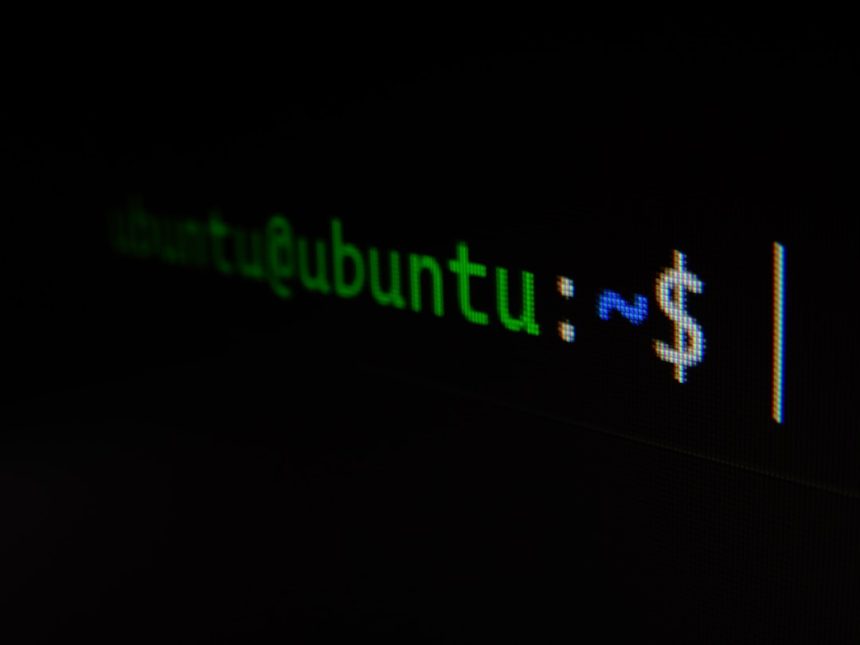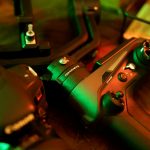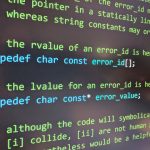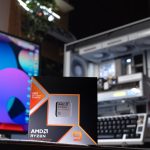Seeing the dreaded Hard Disk 3F0 “Boot Device Not Found” error on your Ubuntu PC can send chills down any user’s spine. This message appears when your system’s BIOS or UEFI firmware can’t detect a proper bootable device—typically your hard disk or SSD containing the Ubuntu OS. But before you panic, know that there are several ways to diagnose and fix this issue.
Whether you’re a seasoned developer or a casual user, understanding what causes this error and how to solve it can save you time, data, and unnecessary stress. Let’s dive into what the error means, why it happens, and how to get your Ubuntu PC up and running again.
What Does the “Hard Disk 3F0” Error Mean?
The “Boot Device Not Found” error, often tagged as 3F0, means your computer couldn’t find a hard drive or SSD with bootable files. In Ubuntu and other Linux-based systems, this usually points to:
- Corrupted bootloader (such as GRUB)
- Improper BIOS/UEFI boot settings
- Loose or faulty SATA cables or SSD/HDD
- Failed storage device
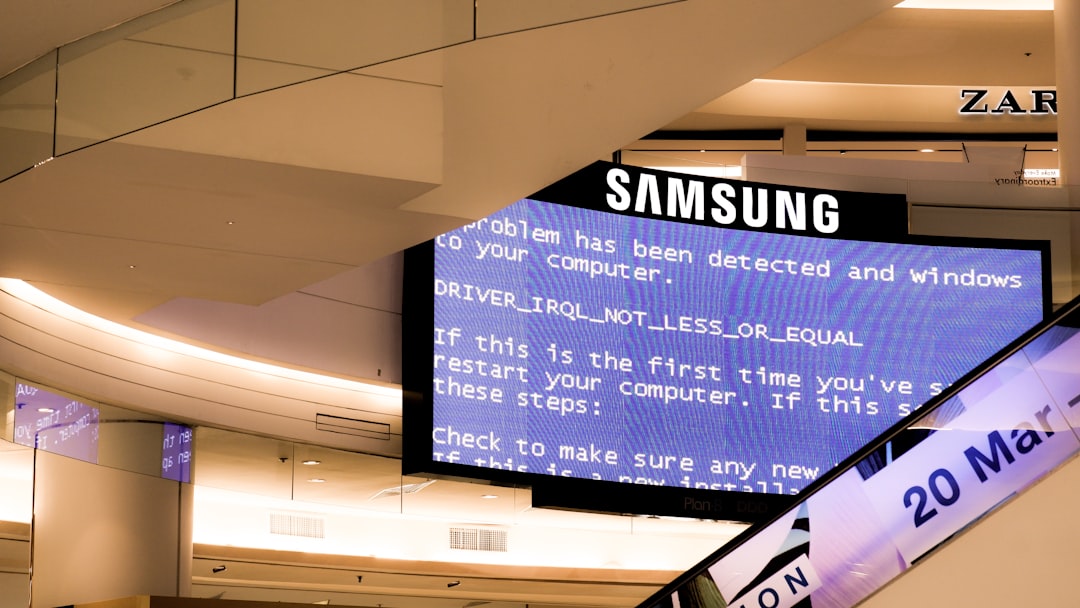
Initial Steps: Check Hardware Connections
Before diving into software solutions, ensure your hardware’s physically intact. Here’s how:
- Power down your PC and unplug it completely.
- Open the case (for desktops) or back panel (for laptops).
- Check whether your HDD/SSD connectors are firmly attached to the motherboard and power supply.
- Look for visible signs of damage or wear.
- Reboot the machine after re-securing components.
Sometimes, reseating the cables can miraculously solve this error if the connections were loose or slightly shifted.
Inspect BIOS/UEFI Settings
The next logical step is checking your BIOS or UEFI configuration:
- Restart your PC and press Esc, F2, F10, or Delete during the boot process (depending on your system).
- Navigate to the Boot Order or Boot Options section.
- Ensure that your primary hard drive is first in the boot sequence.
- If your device shows up, move it up the order and save the settings before exiting.
If the hard disk doesn’t even appear in the BIOS list, you may be dealing with a hardware failure.
Recover the GRUB Bootloader
In many Ubuntu cases, the issue stems from a corrupted or missing GRUB bootloader. To fix it:
- Use a Live USB of Ubuntu to boot into the system.
- Open a terminal and mount your installed system:
- Mount other critical directories:
- Chroot into your system:
- Reinstall GRUB:
- Update GRUB configuration and exit:
sudo mount /dev/sdX# /mntReplace sdX# with your actual Ubuntu partition.
sudo mount --bind /dev /mnt/dev
sudo mount --bind /proc /mnt/proc
sudo mount --bind /sys /mnt/sys
sudo chroot /mntgrub-install /dev/sdXReplace sdX with your disk, not the partition (like /dev/sda).
update-grub
exit
reboot
This method reinstalls the bootloader and often resolves the 3F0 error if it’s caused by a messed-up GRUB setup.
Test Your Disk’s Health
If the system still fails to detect the boot device, it’s time to check if your hard drive is even working:
- Boot from a Live Ubuntu USB.
- Open the terminal and run:
sudo smartctl -a /dev/sdX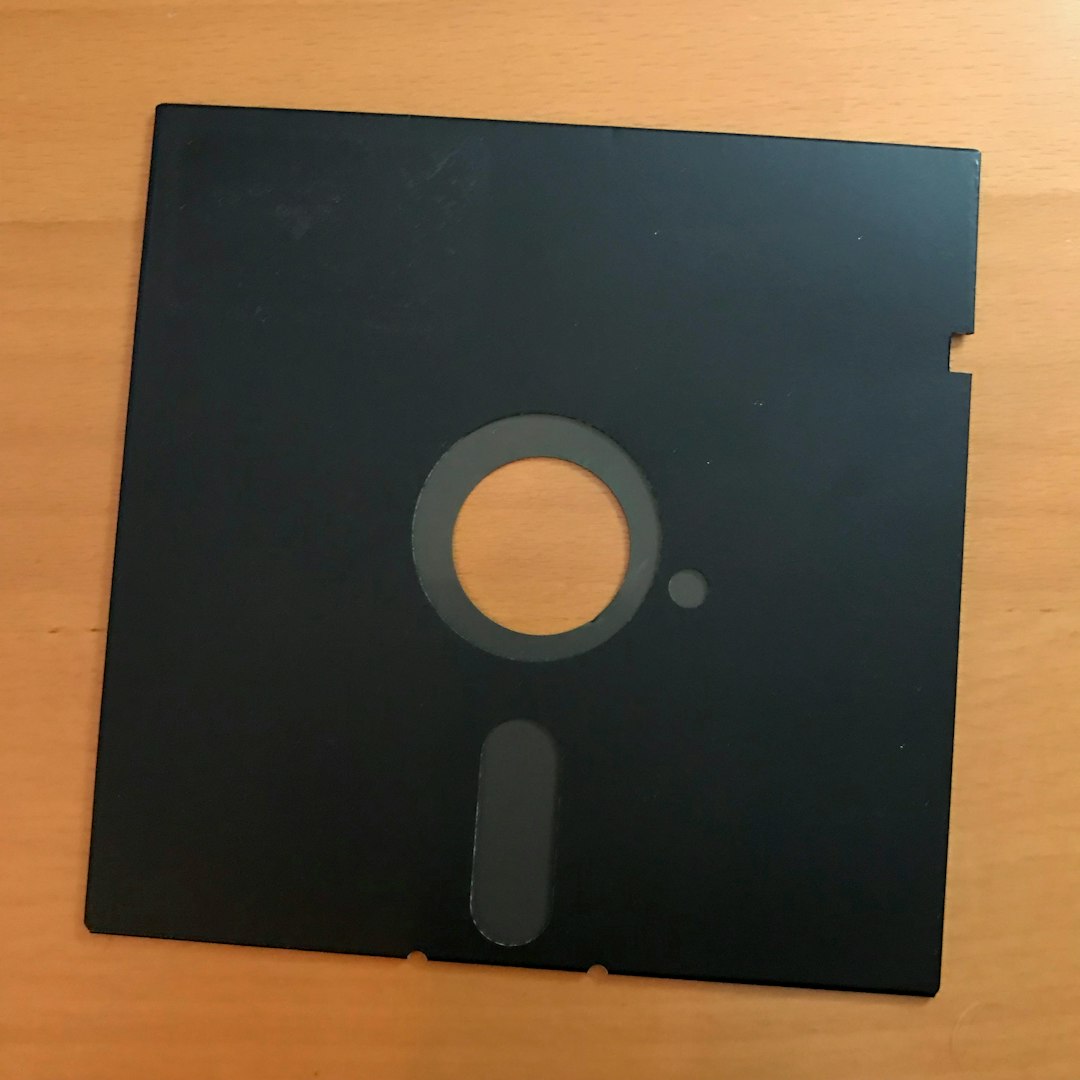
Replace Faulty Storage Device (If Needed)
If your hardware diagnostics confirm that the disk has failed or is on its last legs, a replacement is inevitable. Here’s the general procedure:
- Buy a replacement HDD or SSD based on your laptop’s or desktop’s specifications.
- Physically install the new device.
- Use the Ubuntu Live USB to reinstall the OS.
- After installation, restore data from your backup (if you have one).
If you don’t have a backup, you might consider using professional data recovery services—though those can be costly.
Conclusion
The Hard Disk 3F0 “Boot Device Not Found” error can be frustrating, but it’s not the end of the world for your Ubuntu PC. Whether the cause is software-based like a misconfigured GRUB bootloader or hardware issues like a dead SSD, the fixes are within reach.
Start with basic hardware checks and BIOS adjustments, then move on to software and bootloader solutions. With patience and the right tools, you can resolve the issue and bring your Ubuntu system back to life.
